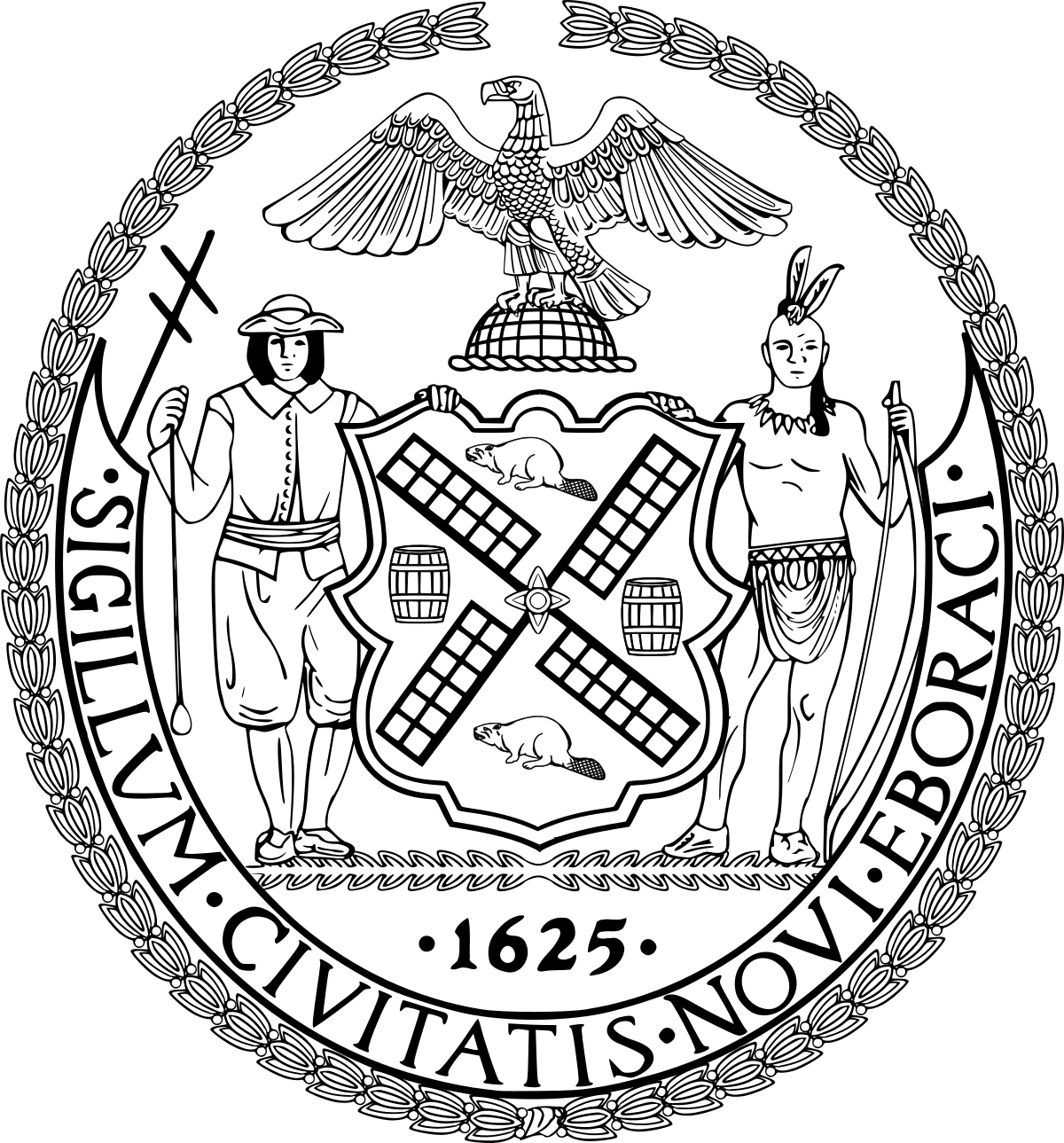New York Cotton Exchange
Modeled after a Renaissance palazzo, residential palaces of Italian banking families, the building first served as the home of the Hanover Bank. The name India House was selected to symbolize the Indies, which were believed to epitomize the rare and exotic. The name also pays homage to the Dutch West India Company, the first colonizers of Manhattan. After the Hanover Bank moved out, the property became the possession of Robert L. Maitland. His company Maitland and Company were tobacco importers. The property was subsequently used by the New York Cotton Exchange (1870 to 1885), and later by W.R. Grace & Company.
India House, as an organization, came into being in 1914, when a group of business men headed by James A. Farrell, then president of United States Steel Company, in collaboration with Willard Straight, decided to create a meeting place for the interests of foreign trade. Presidents of the Lackawanna Steel Company, Dollar Steamship Company, W.R. Grace Shipping, Chase National Bank, and United States Rubber all became Governors of India House and remained active during its first two decades.
Indeed, from its very inception, the club's charter stated that its goal was to "create in this country a relation between the bankers and the promoters of foreign enterprises that would make it possible to handle foreign undertakings..." Many statesmen have been members of India House, including Franklin D. Roosevelt, Harry Hopkins, Henry Morgenthau, Jr., James Byrnes, W. Averell Harriman, George C. Marshall, Henry Cabot Lodge and Cyrus Vance.

